Opinion
Can anyone blame the province for ignoring the plight of the students in overcrowded schools north of the river?
The chairman of the Red Deer Catholic School Board is hoping that there will be funding for expansion at St Patrick’s School in the Alberta budget. St. Patrick’s School is currently running at 130% capacity with a kindergarten class being taught in a hallway. St. Patrick is located north of the river, if anyone was wondering. They haven’t built a school north of the river in over 30 years.
Johnstone Park is north of the river, and originally there was a 8.64 acre site set aside for a public elementary school, but it was converted to a park and the school was built in the south-east sector instead. 30 years ago nearly 40% of the population lived north of the river, yet there was never a high school built, and the city decided to build in the south east. All schools and swimming pools, indoor ice rinks etc. were to be built south of the river.
Now only about 30% of the population lives north of the river, and 2016 saw an actual population decline when 777 residents left the area north of the river. What did the city and school boards expect.
They are opening up thousands of acres north of 11a and planning for 25,000 residents but still no plans for a high school, swimming pools or indoor ice rinks and possibly plans for 2 elementary schools. Compare this with the land around 67 Street and 30 Avenue intersection. 3 high schools, 1 junior high and 5 elementary schools.
I asked the Minister of Education for the reason that there is no plans for a high school north of the river, when there is a population of 30,000 residents and with the land north of Hwy 11a pushing the population north of the river to possibly 55,000 residents. He wrote and a staff member phoned and reiterated that it was the school boards who made the decision to not build north of the river and to concentrate 5 high schools along 30 ave.
During the public open house on the opening of land north of 11a, at city hall, I mentioned this both verbally and in writing, and was told that there are no plans for a high school, recreation centre, swimming pool or indoor ice rink north of 11a.
Councillor Lee asked the city planner if the school boards ever asked the city if they could build a high school north of 11a, and the planner said no. Councillor Lee should know, because if I am not mistaken weren’t the locations of the high schools determined when he was the chairman of the public school board?
From talking to some of people involved including the mayor at the time, I felt that it was a city led determination to not build the high schools north of the river but a compromise decision to build north east of the 67St. 30 Ave. intersection.
If the school boards decided to not build in Johnstone Park, but instead build a school in Inglewood, if the school boards and the city decided not to build a high school north of the river and instead have all 6 high schools south of the river, should they not be surprised if the province thinks that the students north of the river are not a priority?
Perhaps if the site that was originally designated for a public elementary school had been transferred over to the catholic school board, then perhaps the overcrowding at St. Pat’s would not have happened.
The province told me that it is up to the local school boards to plan properly, and it is up to people like us who actually live here to do something.
So Councillor Lee let us start with you. You were on the school board for 2 terms, you were the chairman part of that time, you then became a city councillor and you have orated your desire to be mayor. Why has there never been a high school north of the river? Why has there not been a school built north of the river since 1985? Why are we planning on 5 high schools along the 30 Ave. corridor? Please explain to the voters. Please explain to the students, past present and future, who must, have or will commute across the city twice a day to go to high school. Thank you.
Daily Caller
Canada Pivots From ‘Diversity Is Our Strength,’ Locks Down Border Fearing Migrant Influx
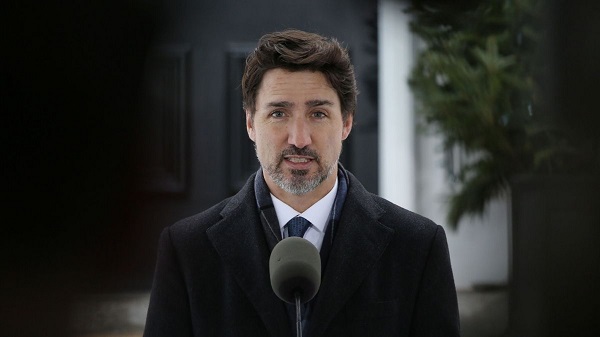
 From the Daily Caller News Foundation
From the Daily Caller News Foundation
Canadian officials are bracing for a possible migrant influx into their country because of President-elect Donald Trump’s election victory in the U.S., marking a major pivot in policy compared to Trump’s first White House term.
Canada’s Liberal Party-led government appears to be taking a much more hawkish approach to illegal immigration and the possibility of a surge in asylum seekers, according to the New York Times. The Royal Canadian Mounted Police (RCMP) — the country’s law enforcement arm that patrols the border — is preparing to beef up its immigration enforcement capabilities by hiring more staff, adding more vehicles and creating more processing facilities.
RCMP would use the extra vehicles to help patrol the U.S.-Canada border and utilize newly-established facilities to detain and process arriving migrants, according to the New York Times.
The preparations up north come as Trump — who just won election to a second, non-consecutive term to the White House — has vowed to conduct the largest deportation operation in the country’s history. He is set to re-occupy the Oval Office in January, where he will get to work on his hardline immigration enforcement agenda.
Canadian officials have spoken about the possibility of a migrant surge into their country early on since Trump’s victory.
“We started planning because we knew that there were a lot of people in the United States who will fear to be deported, and if that happens, they won’t wait for the Trump administration to seize power, it’s more likely that they will attempt to cross into Canada from now in the next few weeks until he takes on power,” RCMP spokesperson Sgt. Charles Poirier said on CTV News earlier in November.
Trudeau’s government did not have the same response to Trump’s first-term crackdown on illegal migrants.
“To those fleeing persecution, terror & war, Canadians will welcome you, regardless of your faith. Diversity is our strength #WelcomeToCanada,” the Canadian prime minister posted on social media on Jan. 28, 2017, just days after Trump was sworn into office.
However, in the years since Trudeau made these public overtures, the Canadian government has recognized the need to change course. The change in policy is largely reflective of less tolerance in the country for mass migration, public opinion surveys have shown.
“To be clear: all newcomers are valued in Canada,” Marc Miller, Canada’s immigration minister, said during a September speech in Ottawa before announcing the rollout of immigration enforcement measures. “But we also need to recognize that this can impact communities, such as the increases in unemployment amongst youth and newcomers.”
“We are introducing changes to further recalibrate international student, foreign worker and permanent resident volumes. That work has already started,” Miller continued.
In addition to beefing up its border infrastructure, Canadian officials also plan to make use out of an international agreement that will allow them to send asylum seekers back into the U.S., according to the New York Times. The “safe third country” agreement — which the Trump administration heavily enforced onto Mexico at that time — designates both the U.S. and Canada as safe countries for asylum requestors, meaning a migrant that arrived in the U.S. must first seek asylum there before attempting to do so in Canada.
“We expect that agreement to continue to be fully enforced,” Miller told reporters earlier.
The RCMP did not immediately respond to a request for comment from the Daily Caller News Foundation.
Business
Federal government’s latest media bailout another bad idea

From the Fraser Institute
By Matthew Lau
If the value of local radio stations, as measured by how much revenue they generate, is higher than the costs of running those stations, no subsidies are needed to keep them going. Conversely, if the costs are higher than the benefits, it doesn’t make sense to keep those radio stations on the air.
The governmentalization of the news media in Canada continues apace. According to a recent announcement by the Trudeau government, the “CRTC determined that a new temporary fund for commercial radio stations in smaller markets should be created.” Now, radio stations outside of Montreal, Toronto, Vancouver, Calgary, Edmonton and Ottawa-Gatineau will be eligible for taxpayer subsidies.
Clearly a bad idea. Firstly, there’s no obvious market failure the government will solve. If the value of local radio stations, as measured by how much revenue they generate, is higher than the costs of running those stations, no subsidies are needed to keep them going. Conversely, if the costs are higher than the benefits, it doesn’t make sense to keep those radio stations on the air.
The government said the new funding is “temporary” but as economists Milton and Rose Friedman famously observed, “Nothing is so permanent as a temporary government program.” Taxpayers may can reasonably expect that subsidies to local radio news stations will become an ongoing expense instead of a onetime hit to their wallets.
Indeed, the Trudeau government has a history of making temporary or “short-term” costs permanent. Before coming to power in 2015, the Liberals proposed “a modest short-term deficit” of less than $10 billion annually for three years; instead this fiscal year the Trudeau government is running its 10th consecutive budget deficit with the cumulative total of more than $600 billion.
Secondly, the governmentalization of media will likely corrupt it. Here again an observation from Milton Friedman: “Any institution will tend to express its own values and its own ideas… A socialist institution will teach socialist values, not the principles of private enterprise.” Friedman was talking about the public education system, but the observation applies equally to other sectors that the government increasingly exercises control over.
A media outlet that receives significant government funding is less likely to apply healthy skepticism to politicians’ claims of the supposed widespread benefits of their large spending initiatives and disbursements of taxpayer money. The media outlet’s internal culture will naturally lean more heavily towards government control than free enterprise.
Moreover, conflict of interest becomes a serious issue. To the extent that a media outlet gets its revenue from government instead of advertisers and listeners, its customer is the government—and the natural inclination is always to produce content that will appeal to the customer. Radio stations receiving significant government funding will have a harder time covering government in an unbiased way.
Finally, as a general rule, government support for an industry tends to discourage innovation, and radio and other media are no exception. When new companies and new business models enter a sector, the government should not through subsidies try to keep the incumbents afloat.
“The media, like any other business, continually evolves,” noted Lydia Miljan, professor of political science at the University of Windsor and a senior fellow at the Fraser Institute, in a recent essay. “As each innovation enters the market, it displaces audiences for the legacy players. But does that innovation mean we should prop up services that fewer people consume? No. We allow other industries to adapt to new market conditions. Sometimes that means certain industries and companies close. But they are replaced with something else.”
To summarize—there are three major problems with the Trudeau government’s new fund for radio stations. First, it will impose costs on taxpayers that, despite the government’s label, may not be “temporary” and the compensating benefits will be lower than the costs. Second, increased government funding will damage the ability of those radio stations to cover the government with neutrality and healthy skepticism. And third, the new fund will discourage innovation and improvement in the media sector as a whole.
Author:
-

 armed forces2 days ago
armed forces2 days agoJudge dismisses Canadian military personnel’s lawsuit against COVID shot mandate
-
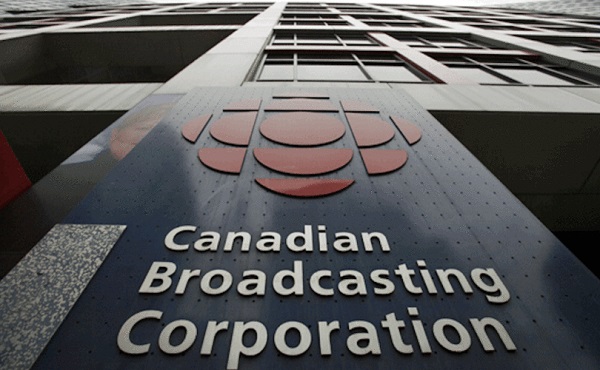
 Business1 day ago
Business1 day agoCBC’s business model is trapped in a very dark place
-
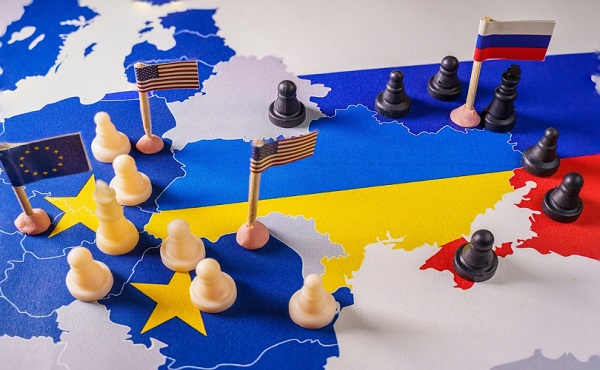
 conflict2 days ago
conflict2 days agoUS and UK authorize missile strikes into Russia, but are we really in danger of World War III?
-
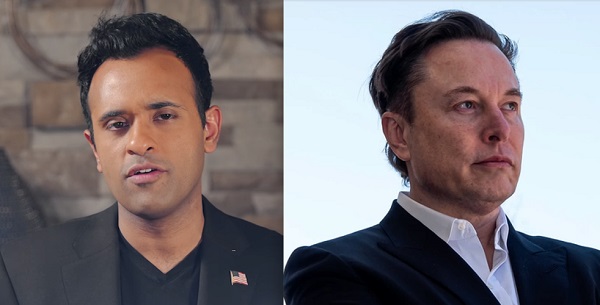
 International2 days ago
International2 days agoElon Musk, Vivek Ramaswamy Outline Sweeping Plan to Cut Federal Regulations And Staffing
-

 Alberta22 hours ago
Alberta22 hours agoAlberta fiscal update: second quarter is outstanding, challenges ahead
-

 Alberta1 day ago
Alberta1 day agoAlberta government announces review of Trudeau’s euthanasia regime
-
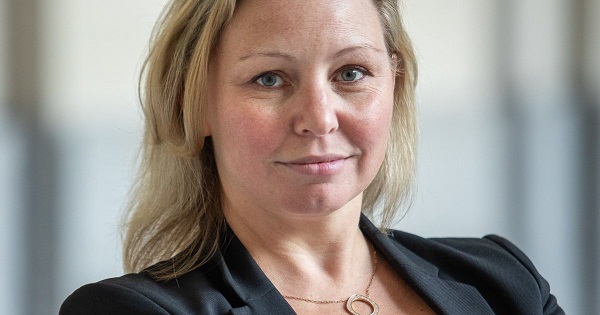
 Energy2 days ago
Energy2 days agoWhat does a Trump presidency means for Canadian energy?
-
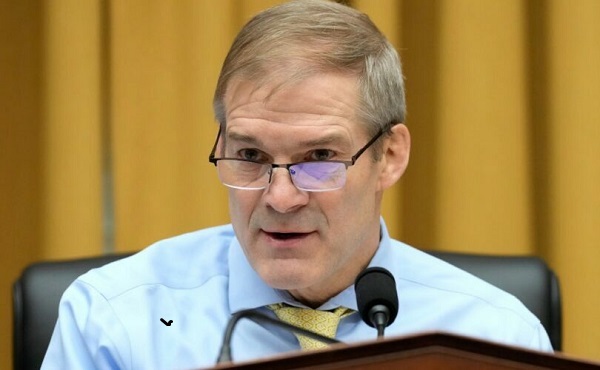
 Censorship Industrial Complex1 day ago
Censorship Industrial Complex1 day agoCongressional investigation into authors of ‘Disinformation Dozen’ intensifies







